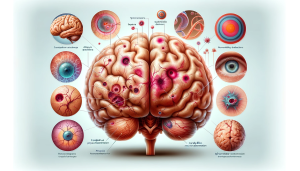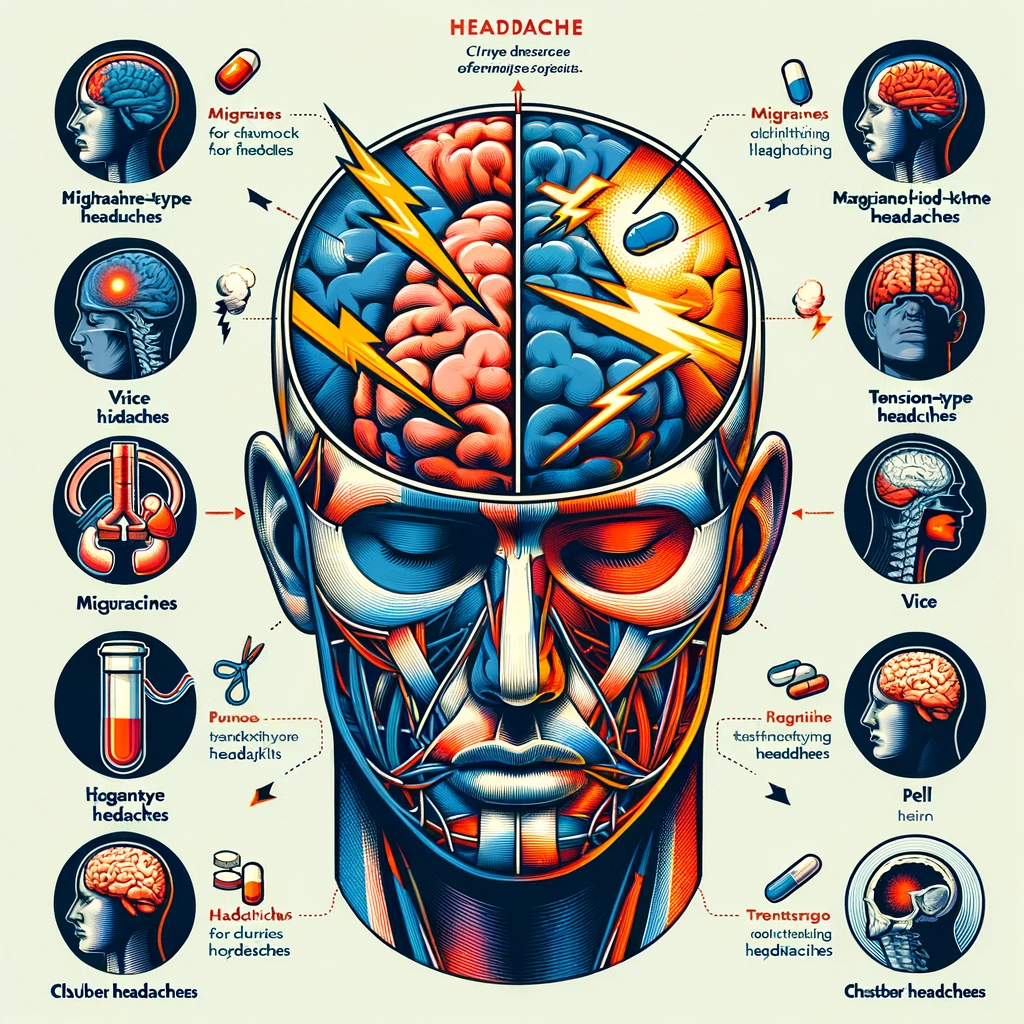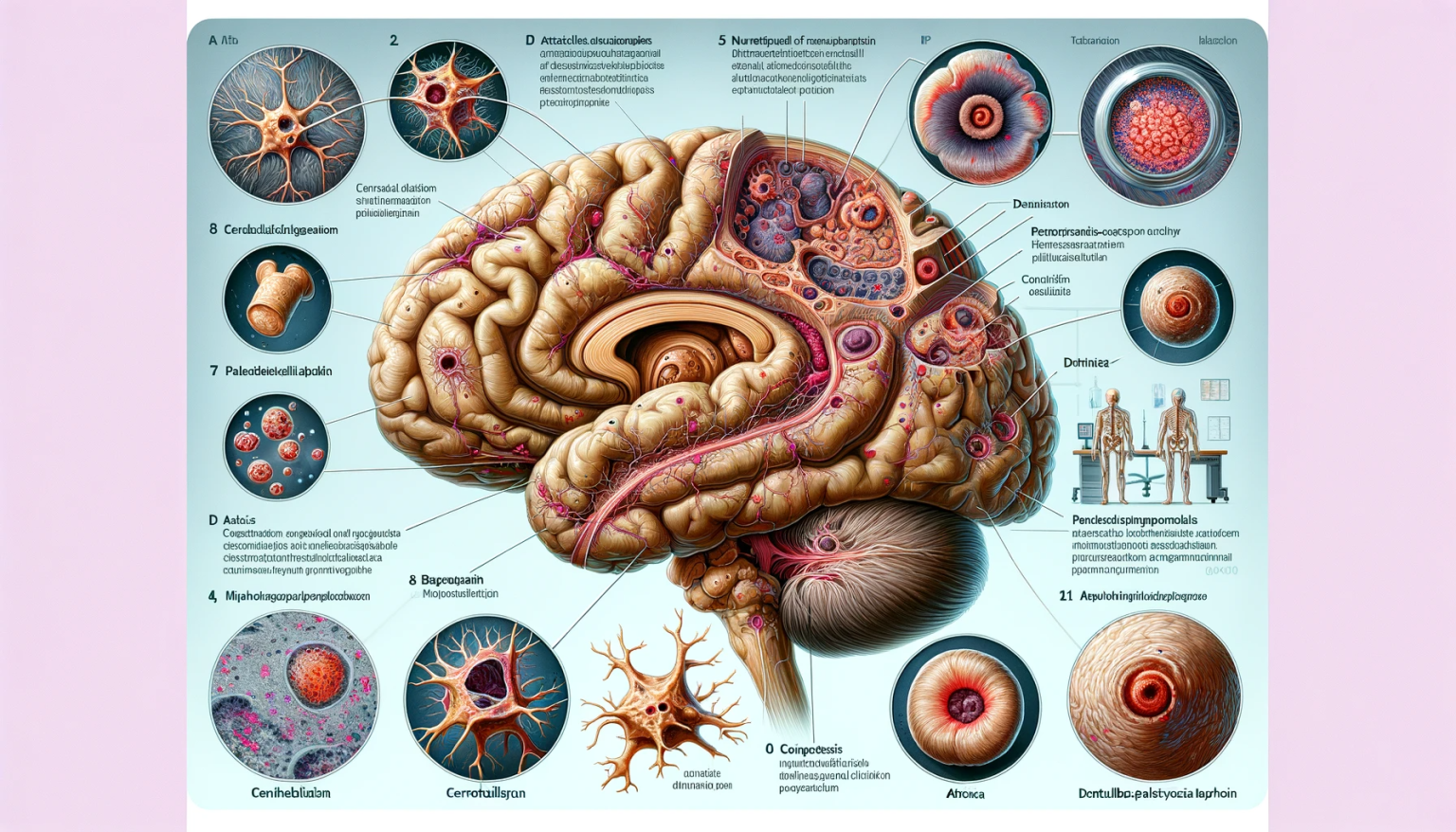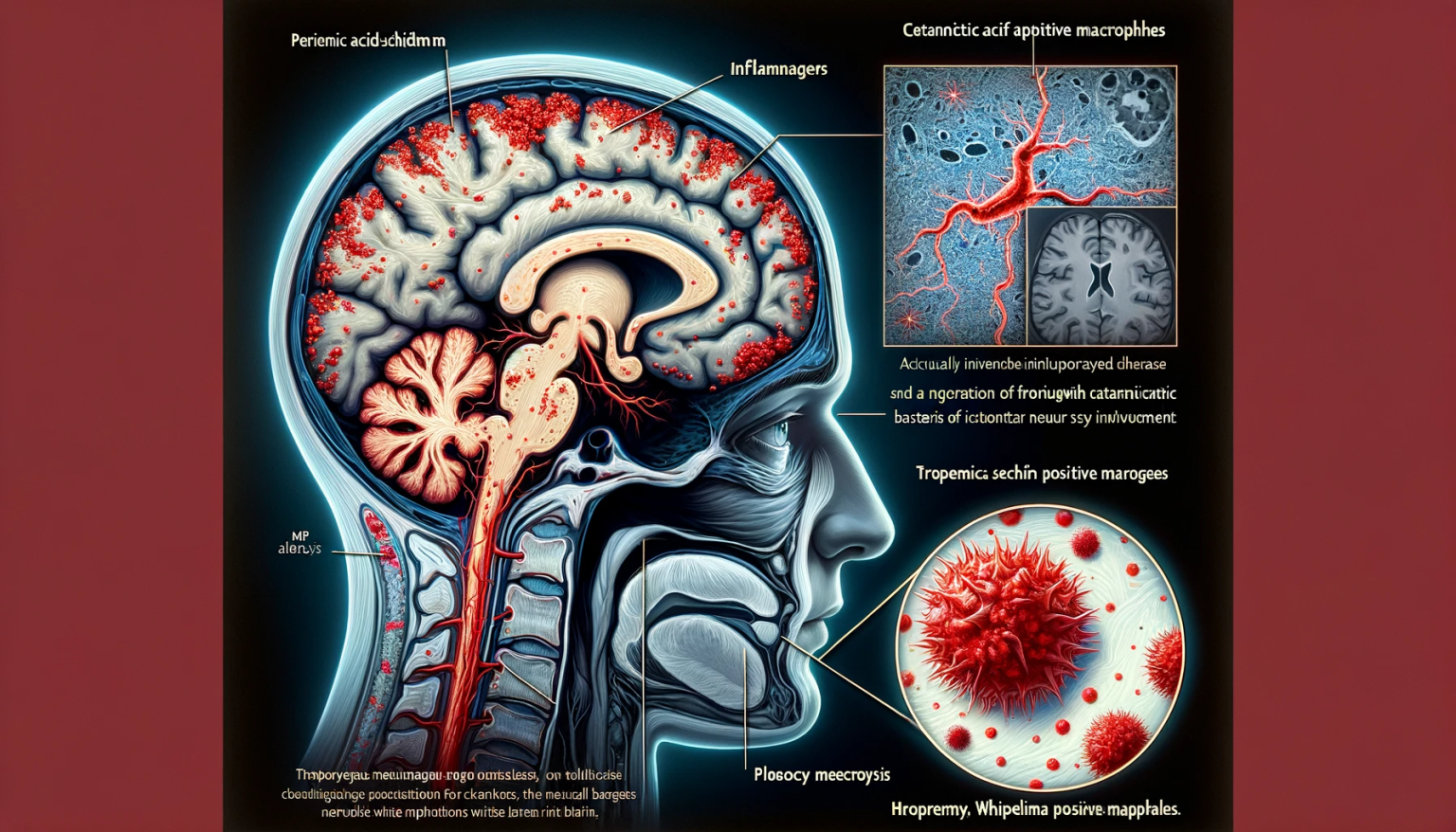 Abstract
Abstract
Machado-Joseph Disease (MJD), also known as Spinocerebellar Ataxia Type 3, is a rare, inherited neurodegenerative disorder. This extensive review seeks to dissect its genetic underpinnings, clinical characteristics, diagnostic methodologies, and current therapeutic strategies.
Introduction
Machado-Joseph Disease is the most common form of spinocerebellar ataxia, marked by progressive cerebellar ataxia and diverse neurological symptoms. First described in families of Azorean descent, MJD has since been recognized globally. Its clinical and genetic complexity makes it a subject of intense study in neurogenetics and neurodegenerative disorders.
Molecular Genetics
MJD is caused by an expanded CAG trinucleotide repeat in the ATXN3 gene, leading to an abnormally long polyglutamine tract in the ataxin-3 protein. This expansion is thought to confer a toxic gain of function, resulting in neuronal dysfunction and degeneration, particularly in the cerebellum, brainstem, and spinal cord. The number of repeats correlates with disease severity and age of onset.
Clinical Phenotype
The clinical presentation of MJD is highly variable but typically includes progressive ataxia, spasticity, eye movement abnormalities, and peripheral neuropathy. Some patients may exhibit parkinsonian features, dystonia, or bulbar symptoms like dysarthria and dysphagia. Cognitive and psychiatric disturbances can also occur.
Diagnostic Approach
Diagnosis is based on clinical assessment, family history, and genetic testing confirming the ATXN3 gene mutation. Neuroimaging, particularly MRI, supports the diagnosis by revealing cerebellar and brainstem atrophy. Differential diagnosis includes other types of spinocerebellar ataxias and neurodegenerative disorders.
Therapeutic Management
There is no cure for MJD, and treatment is symptomatic and supportive. Management strategies include physical therapy to improve mobility and coordination, speech therapy for bulbar symptoms, and pharmacotherapy for spasticity, pain, and parkinsonian features. Research into gene-silencing therapies offers hope for future disease-modifying treatments.
Prognosis and Future Directions
The prognosis of MJD varies with the severity and progression rate of symptoms. Ongoing research aims to unravel the pathophysiological mechanisms and to develop targeted therapies. Advances in molecular genetics are crucial for early diagnosis and potential therapeutic interventions.
Conclusion
Machado-Joseph Disease presents a unique challenge in neurology, blending genetic complexity with a broad clinical spectrum. A comprehensive understanding of its genetic basis and clinical manifestations is essential for improving patient care and guiding future research endeavors.





